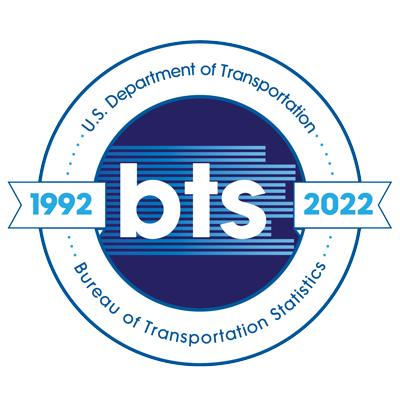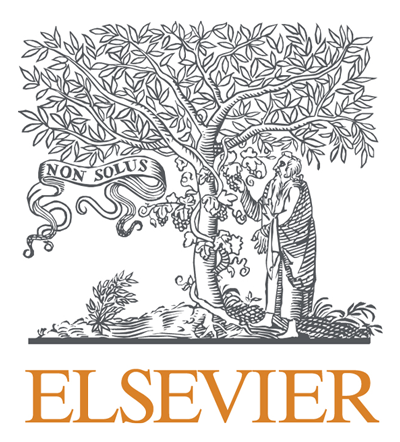Welfare legacies and social in/exclusion in Transit-Oriented Development
Topics:
Keywords: Transit-Oriented Development, welfare planning, social exclusion, social injustice, transport history
Abstract Type: Paper Abstract
Authors:
André Klaassen, University of Antwerp
,
,
,
,
,
,
,
,
,
Abstract
This paper aims to address social exclusion in Transit-Oriented Development (TOD) projects by looking beyond current densification and social-mixing debates using an infrastructural lens. While the history of TOD is deeply entangled in politics of social inclusion and welfare provision (Pojani & Stead, 2014; Ekman, 2003), the rail-based suburban neighborhoods that once were considered the flagships of Scandinavian welfare planning are now commonly perceived as root causes of social exclusion (Andersson, 2007). Remarkably, efforts to understand this contradiction focus almost exclusively on housing and residential segregation (e.g. Legeby, 2013; Holmqvist & Bergsten, 2009) – rarely analyzing public transport as a source of deprivation or possible entry point for action.
Welfare historians have studied mass housing and landscape recreation as paramount features of the materialization of Scandinavian welfare states (Høghøj, 2022; Pries & Qviström, 2021). Yet, few have explored in what way infrastructural legacies of past transport decisions contribute to e.g. transport poverty (Lucas, 2004) and other transport- and mobility-related disadvantages for marginalized communities. Through discourse analysis of policy documents, this work uses ‘history of the present’ (Elden, 2013) in order to explore the socio-political legacy of past infrastructural decisions that structured Stockholm’s (Sweden) rural-urban welfare landscape while critically reflecting on social (in)justice concerns and present-day suburban conditions. In effect, it strives to open up for more nuanced ways of addressing social exclusion in TOD planning based on how people are (un)able to move rather than simply on where they reside.
Welfare legacies and social in/exclusion in Transit-Oriented Development
Category
Paper Abstract








